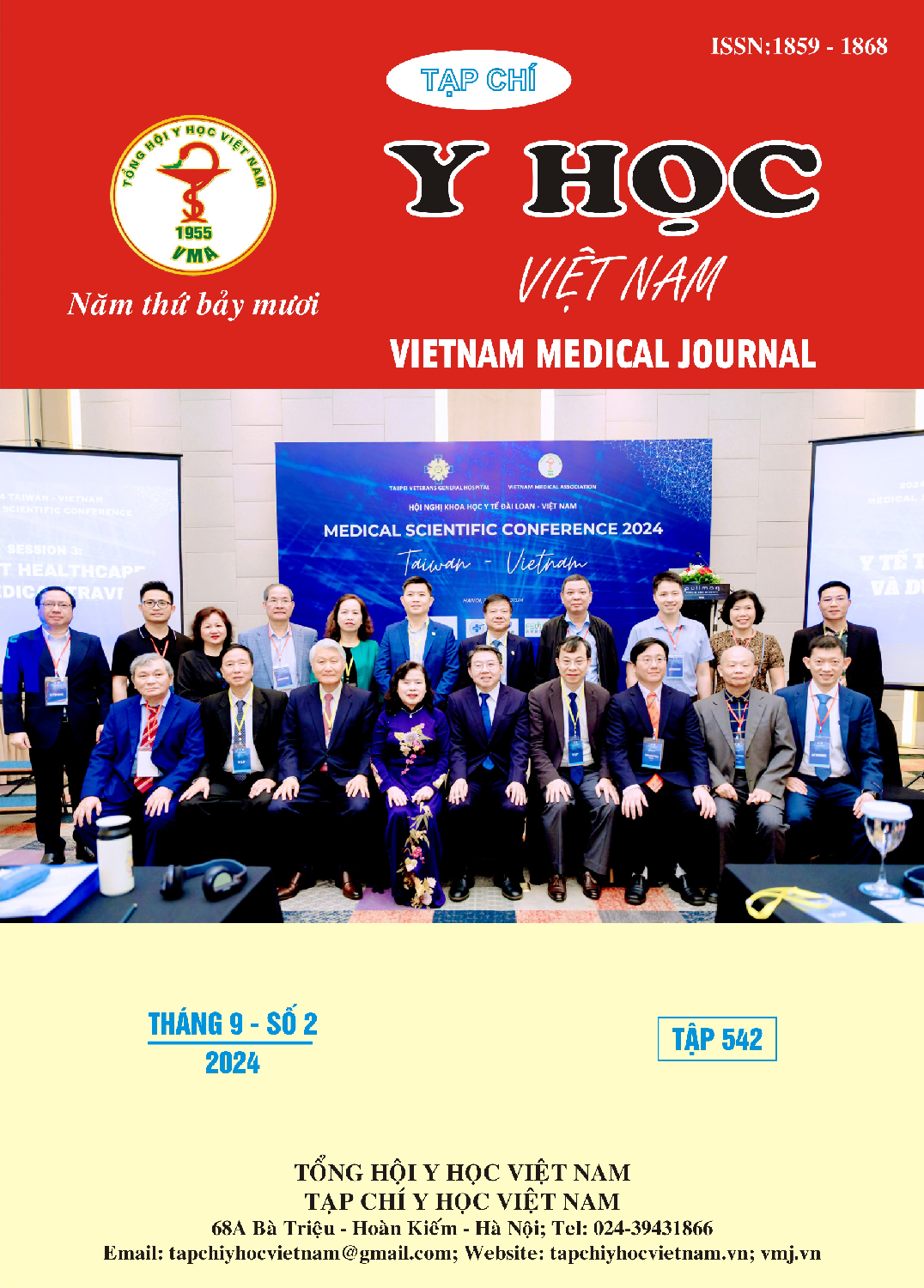BUILDING MODELS OF PATIENTS’ BODIES USING 3D SCANNING TECHNIQUE
Main Article Content
Abstract
Introduction: In the production of orthopedic devices, the traditional method of using plaster casts to model a patient's limbs often causes discomfort and inconvenience. Plaster casting not only poses challenges for patients but also requires significant time and effort from medical staff. To improve this process, 3D scanning technology has been applied to accurately and quickly create digital models of patients' limbs. This technology not only meets the design requirements for orthopedic devices but also provides digital data that can be stored and used for future treatment needs. Methods: Experiments were conducted on scanning patients' limbs at the Rehabilitation Hospital - Occupational Disease Treatment. The process, necessary equipment, and patient comfort and scanning time were recorded and evaluated. Results: A detailed 3D scanning procedure and equipment setup were established. The process of scanning and modeling the lower leg and foot for designing an ankle-foot orthosis was described in detail. Experimental results showed that the scanning time was short, and patients felt comfortable. The scanned data met the requirements for device fabrication and were stored for other treatment purposes. Conclusion: The 3D scanning method is quick, comfortable for patients, and provides accurate digital models that meet design requirements, store medical data, and have significant potential for widespread application in medicine.
Article Details
Keywords
3D scanning technique, limb construction, orthopedic devices.
References
2. Yong Ho Cha, Keun Ho Lee, Hong Jong Ryu, Il Won Joo, Anna Seo, Dong-Hyeon Kim, et al. (2017) "Ankle‐foot orthosis made by 3D printing technique and automated design software". Applied bionics and biomechanics, 2017 (1), 9610468.
3. Bộ Y tế (2019). Hướng dẫn quy trình kỹthuật chuyên ngành phục hồi chức năng (Đợt 3) ban hành kèm theo Quyết định số2520/QĐ-BYT ngày 18 tháng 6 năm 2019.
4. Ju-hwan Lee, Min-jae Lee, Soon-Yong Park (2021). "Complete 3D foot scanning system using 360 degree rotational and translational laser triangulation sensors". International Journal of Control, Automation and Systems, 19 (9), 3013-3025.
5. Muhannad Farhan, Joyce Zhanzi Wang, Paula Bray, Joshua Burns, Tegan L. Cheng (2021). "Comparison of 3D scanning versus traditional methods of capturing foot and ankle morphology for the fabrication of orthoses: a systematic review". Journal of Foot and Ankle Research, 14 (1), 2.
6. Shining 3D Company (2021). User Manual Einscan Pro 2X&HD Series, User Manual,
7. Kyeong-Jun Seo, Bongcheol Kim, Duhwan Mun (2023) "Development of customized ankle-foot-orthosis using 3D scanning and printing technologies". Journal of Mechanical Science and Technology, 37 (12), 6131-6142.
8. Yinghu Peng, Yan Wang, Qida Zhang, Shane Fei Chen, Ming Zhang, Guanglin Li (2024) "Custom orthotic design by integrating 3D scanning and subject-specific FE modelling workflow". Medical & Biological Engineering & Computing, 62 (7), 2059-2071.


